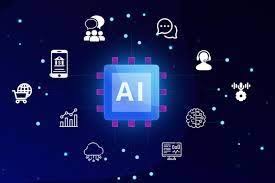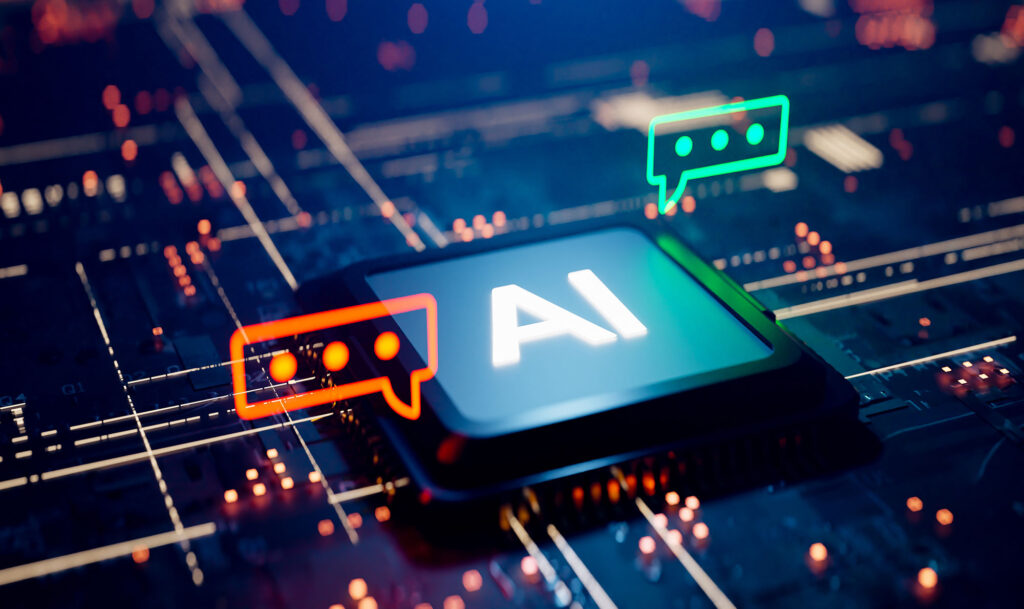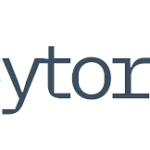Introduction to AI in Education.
Picture entering a classroom where all students are actively involved, enthusiastic, and progressing at their individual speeds. It may seem too good to be true, but thanks to the increasing use of AI in education, this dream is turning into a reality for countless teachers worldwide. The incorporation of New AI Tools for Teachers not only enriches the learning process but also eases some of the challenges educators encounter on a daily basis.
AI tools have revolutionized traditional teaching methods, offering efficient solutions that can save time and enhance productivity. These technologies are specifically designed to assist teachers with tasks such as grading assignments and creating personalized lesson plans, in order to create an engaging learning atmosphere for students. Luckily, there is a wide range of free AI tools at your disposal, whether you need to streamline your workload or develop captivating lessons. These powerful tools can truly make a world of difference in your teaching experience.
Benefits of using AI tools in the classroom.
In the classroom, AI tools bring about a revolutionary change in the way teachers engage with students. By simplifying administrative duties, they free up educators to dedicate their time and energy towards teaching instead of paperwork. Utilizing AI’s data analysis capabilities, educators gain valuable insights into students’ performance, allowing for personalized lessons that effectively cater to individual needs. Incorporating technology also boosts engagement since students tend to be more motivated by interactive digital formats instead of conventional methods.
In addition, these tools promote inventiveness for both instructors and learners. Through the automation of tedious tasks, AI allows for more opportunities to engage in creative endeavors and hands-on learning opportunities. Collaboration thrives when incorporating AI technologies. Students can participate in team-based tasks through virtual platforms specifically created for group work, while instructors seamlessly oversee their progress. Moreover, the integration of AI tools caters to different learning preferences among students in a classroom. Customized materials assist with a variety of educational approaches, guaranteeing that every student receives necessary support.
Top 5 AI Tools for Teachers:
Revolutionizing the educational environment are AI tools utilized by teachers. Take a closer look at five standout choices that have become prominent in modern classrooms. To start, take a look at tools such as Gradescope for grading and giving feedback. This platform makes the grading process more efficient, allowing educators to give personalized feedback quickly. This saves teachers valuable time while also improving student comprehension.
Additionally, Quillionz is an exceptional resource for lesson planning and curriculum development. Through its cutting-edge features, it creates customized quizzes and learning materials for targeted subject matters, effortlessly producing captivating content for students. In terms of student involvement and drive, platforms such as Nearpod truly stand out. By incorporating virtual reality into lessons, they offer captivating and immersive experiences that capture the attention of learners.

Platforms like DreamBox Learning provide personalized learning experiences by adjusting math instruction according to each student’s performance. This approach guarantees that all learners advance at their own unique pace. Discover the power of Classcraft, a tool that transforms classroom management through gamification. By integrating game elements into tracking behavior and promoting engagement, it greatly increases student participation.
How AI can help teachers save time and provide personalized feedback.
The task of grading can take up a significant amount of time for teachers on a weekly basis. Luckily, there are now AI tools specifically created to make this process more efficient. By utilizing sophisticated algorithms, these tools are capable of examining student assignments and offering immediate feedback. Picture submitting your essays or assignments and getting in-depth evaluations within minutes. These systems not only evaluate grammar but also consider content structure, providing more extensive insights.
Furthermore, AI’s capabilities allow for tailored feedback to be provided. This enables teachers to individualize comments according to each student’s performance metrics, targeting the specific areas in which they may struggle. By taking this personalized approach, students are empowered to grow while educators have more opportunities for in-depth instructional planning. Instead of spending time on grading, teachers can now focus on facilitating classroom discussions and providing individual support sessions. Incorporating AI into grading methods revolutionizes the educational environment by increasing productivity while maintaining the standard of feedback delivery.
Using AI to create engaging and tailored lesson plans.
For teachers, crafting lesson plans can be a daunting task. The abundance of resources and standards to consider can quickly lead to feeling overwhelmed. This is where the use of AI tools can be beneficial. These cutting-edge platforms evaluate both curriculum requirements and learning objectives, enabling educators to craft tailored lessons that meet their students’ individual needs. Just picture having an assistant who recommends specific activities based on your unique classroom dynamics.
By utilizing AI, teachers can enhance the learning experience with diverse multimedia resources, promoting interactivity and engagement during lessons. With the assistance of AI in managing the fundamental tasks, teachers are free to focus on fostering creativity, confident that each lesson plan is in line with educational objectives. In addition, a variety of no-cost AI resources for teachers provide the opportunity to explore without incurring expenses. By incorporating these tools into lesson preparation, instructors not only gain efficiency but also improve student participation with customized material tailored specifically for their needs.
Incorporating virtual or augmented reality in the classroom with AI technology.
Envision entering a digital realm where the past is animated. Through the combination of artificial intelligence and virtual or augmented reality, students can be transported to ancient civilizations or deep beneath the ocean’s surface. This captivating immersive experience enables learners to actively engage and explore in ways that traditional methods cannot. It empowers students to take an active role in their learning journey, no longer just passive recipients.
By utilizing these tools, educators can develop customized experiences that cater to various interests and requirements. Whether it involves replicating a science experiment or immersing in fictional locations, student engagement flourishes when learning takes on an adventurous quality. In addition, this technology promotes teamwork among students as they work together to overcome obstacles in these virtual environments. Through the integration of AI insights in all interactions, educators receive valuable feedback on student preferences and progress, thus greatly enriching the overall educational experience.
How AI can adapt to Personalized Learning.
The use of AI tools in the classroom has greatly transformed the approach to personalized learning for teachers. These cutting-edge technologies are capable of continuously analyzing real-time data, preferences, and performance of students. With this valuable information, AI can effectively customize educational experiences to cater to each student’s unique needs. Envision a classroom where every student is given specialized tasks that cater to their individual abilities and passions. Thanks to AI, this is now achievable. Those who face difficulties grasping certain concepts are provided with extra resources or different explanations, while high-achieving students are presented with more advanced material to challenge them.
The ability to adapt not only improves participation, but also nurtures a sense of responsibility for learning. As students witness progress personalized to their individual paths, motivation significantly rises. Incorporating AI into personalized education enables educators to place their emphasis on cultivating connections and offering assistance, rather than becoming preoccupied with administrative duties. Making use of these complimentary AI resources for instructors results in more available time, while also nurturing an inclusive setting that promotes the success of all students. Through the incorporation of AI into routine classroom practices, instructors can enhance the teaching experience and promote individualized success for all students.






